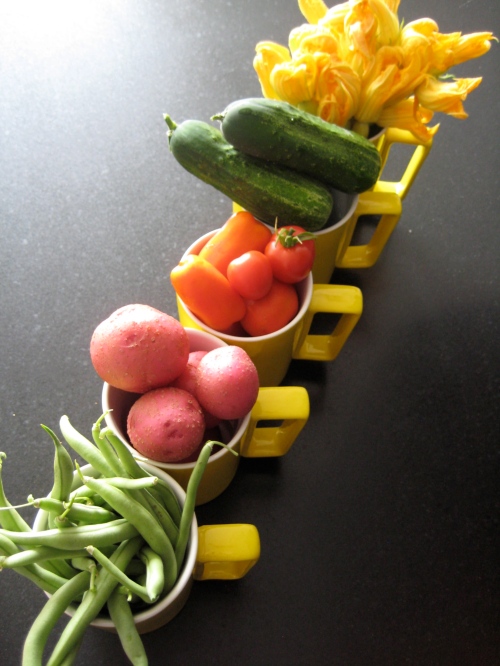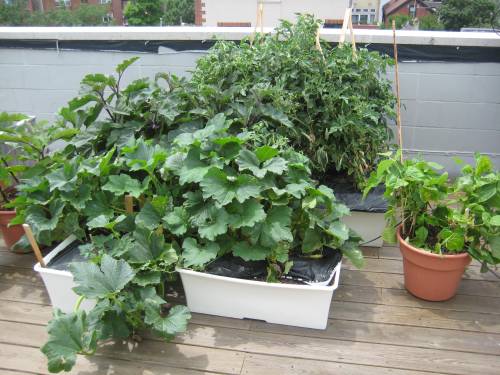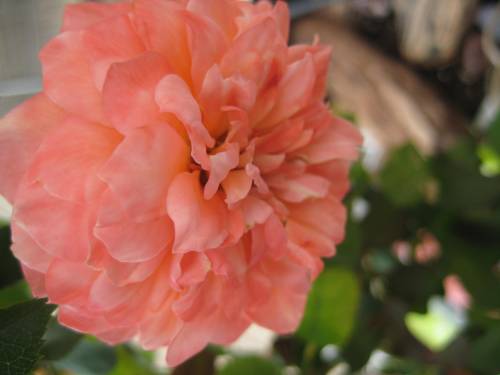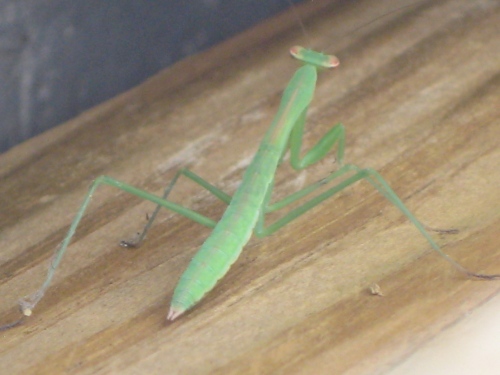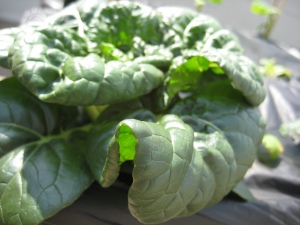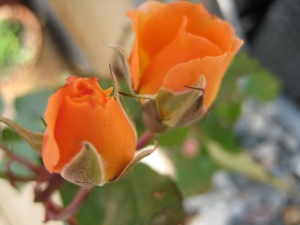1. The above picture isn’t a mockup of some lofty futuristic eco-architecture. It is now and it’s Chicago’s City Hall. If you’ve never explored Chicago’s Green Roofs project, you’re in for some surprises. For instance, did you know that nestled in that photo above are beehives that produce salable honey? If you’re curious about which city rooftops are green (or where to buy some of that honey) check out the city’s Green Roofs page or take your binoculars up to the Skydeck of Willis Tower and see for yourself.
2. A little more visible from our vantage point are the city’s Green Alleys projects. Chicago’s Department of Transportation began the green alleys pilot project in 2006 and renovated more than 100 alleys by 2010. What is a green alley? Check out the city’s comprehensive and well-illustrated Green Alley Handbook. Who knew your back alley could be a marvel of modern eco engineering. By the way, there’s a lot more to these alleys than just pretty landscaping. Take a look.
3. Being a relative newcomer to Chicago, I was very pleasantly surprised by the city’s incredibly progressive Sustainable Backyard Program. Residents can get cash rebates from the city for buying rain barrels, compost bins, native plants and trees from local retailers. A great way to help the environment while supporting local business and spending more time outdoors. Unless extended, the rebate program runs until 12/31/2012 so make this your year for creating a more sustainable backyard. Oh, and if you’re a retailer wanting to learn more about getting involved with the rebate program, consider attending the upcoming workshop on March 1st.
4. Finally, to learn more about any green & growing topic imaginable, check out the list of free and low-fee workshops offered by the Chicago Center for Green Technology. Learn about anything from how to install green countertops to finding out how the city uses vegetable oil from local restaurants to produce biofuel. Their building also contains a staffed resource center and free exhibits throughout the year.





